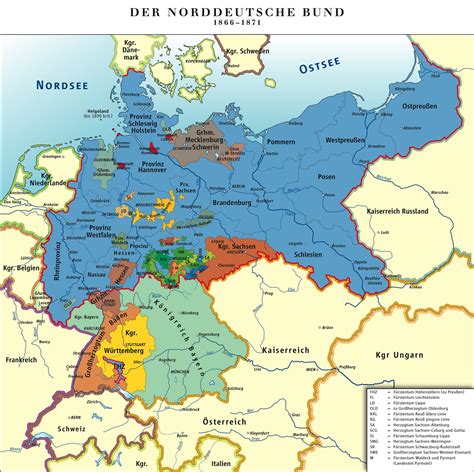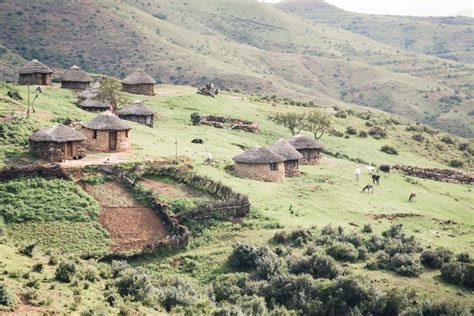Explore Myanmar’s rich history from ancient civilizations and Indian influences to the colonial era and independence movement. A fascinating journey through Burmese culture.
Early Civilization in Myanmar
Contents
The history of Myanmar dates back to the early civilization of the region, which can be traced back to the Neolithic period. The inhabitants of Myanmar have a rich cultural heritage that has been influenced by various civilizations over the centuries. The early civilization of Myanmar was primarily agricultural, with the people practicing rice cultivation and domesticating animals for food and other resources. This period saw the emergence of early city-states and the development of bronze and iron tools and weaponry.
The Burmese people, who are the dominant ethnic group in Myanmar, have a long history that can be traced back to the early civilization of the region. They developed their own unique language, culture, and customs, which have had a significant impact on the history of Myanmar. The early civilization of Myanmar also saw the emergence of Theravada Buddhism, which has played a crucial role in shaping the cultural and religious practices of the people.
The early civilization of Myanmar was characterized by the establishment of trade routes and the development of maritime trade with neighboring regions. The people of Myanmar engaged in trade with India, China, and other Southeast Asian countries, which led to the exchange of goods, ideas, and technologies. This period also saw the construction of ancient cities, religious monuments, and irrigation systems, which are still evident in the archaeological sites of Myanmar.
Despite facing challenges such as invasions and conflicts with neighboring kingdoms, the early civilization of Myanmar laid the foundation for the diverse and vibrant culture and heritage of the country. The influence of Indian culture, the expansion of the Burmese empire, and the colonial period and British rule all played significant roles in shaping the early civilization of Myanmar and have had a lasting impact on the country’s history.
Influence of Indian Culture
Myanmar, formerly known as Burma, has a rich history that has been shaped by various influences over the centuries. One of the most significant influences on Myanmar’s culture and history has been the Indian culture. The Indian influence on Myanmar can be traced back to ancient times, with evidence of trade and cultural exchange between the two regions dating back over two thousand years.
The Indian influence on Myanmar’s culture is most evident in the areas of religion, language, art, and architecture. One of the most prominent examples of this influence is the spread of Buddhism from India to Myanmar. The religion played a crucial role in shaping Myanmar’s culture and society, and many of the country’s most iconic Buddhist temples and pagodas reflect Indian architectural styles.
In addition to religion, Indian languages and literature have also had a significant impact on Myanmar. The influence of Sanskrit and Pali can be seen in the Myanmar language, as well as in the country’s traditional literature and poetry. Many of Myanmar’s ancient texts and scriptures were originally written in Indian languages and later translated into Myanmar.
Furthermore, Indian art and architecture have left a lasting imprint on Myanmar’s cultural landscape. The design and construction of Myanmar’s royal palaces, temples, and monuments were greatly influenced by Indian architectural styles, and many of these structures bear striking similarities to those found in India.
Overall, the Indian influence on Myanmar has been profound and enduring, shaping the country’s culture, religion, language, and artistic traditions in numerous ways. As a result of this influence, Myanmar’s history and cultural heritage have been enriched by the contributions of Indian civilization.
Burmese Empire Expansion
The Burmese Empire Expansion refers to the period between the 16th and 18th centuries when the Burmese kingdoms, primarily the Toungoo and Konbaung dynasties, expanded their territories and influence across Southeast Asia. These expansions were driven by the ambition of the Burmese kings to establish their dominance and control over the region, leading to significant political and cultural changes.
During this period, the Burmese Empire conquered and absorbed neighboring kingdoms and states, including Arakan, Siam, and Manipur, consolidating their power and extending their authority over diverse ethnic groups and territories. The expansion was marked by military campaigns, alliances, and territorial annexations, as well as the imposition of Burmese culture and administration in the conquered lands.
The expansion of the Burmese Empire had a profound impact on the region, shaping its geopolitics and ethnic dynamics. The conquered territories became integral parts of the Burmese monarchies, contributing to the diversity and complexity of the empire. Additionally, the influence of Burmese culture, religion, and language spread across the conquered lands, leaving a lasting legacy on the local traditions and identities.
Despite the territorial gains and influence achieved during the Burmese Empire Expansion, the period also saw conflicts with neighboring powers, including the Chinese and European colonial forces. These external pressures, combined with internal political struggles and social unrest, eventually led to the decline of the Burmese Empire by the 19th century.
Colonial Period and British Rule
The Colonial Period in Myanmar began in the 19th century when the country was under British rule. The British took over control of Myanmar after three Anglo-Burmese Wars, and the country became a province of British India. During this time, the British imposed their own administrative system and began exploiting Myanmar’s resources, leading to widespread poverty and discontent among the local population.
Under British Rule, Myanmar was administered as a part of British India and later as a separate colony. The British implemented various policies to control the country and its people, including the divide and rule policy which created divisions among the different ethnic groups in Myanmar. The British also promoted the export of natural resources such as teak, rice, and oil, leading to the depletion of the country’s natural wealth.
Resistance to British rule grew in the early 20th century, with various movements and uprisings against the colonial authorities. The most prominent of these was the Burmese Independence Movement, led by key figures such as Aung San and U Nu. The movement sought to end colonial rule and establish an independent and unified Myanmar.
Despite the challenges and hardships faced during the Colonial Period and British Rule, the period also saw the introduction of modern infrastructure and education in Myanmar. The British established schools, universities, and transportation networks, which had a lasting impact on the country’s development.
Myanmar’s Independence Movement
The independence movement in Myanmar saw the country’s struggle to break free from colonial rule and assert its sovereignty. The movement was largely influenced by the nationalist sentiment that had been growing in the region in response to the British colonial administration. Myanmar, then known as Burma, had been under British rule since the 19th century, and the suppression of local culture and traditions fueled the desire for independence among the Burmese people.
During the early 20th century, leaders such as Aung San emerged as prominent figures in the independence movement, advocating for self-governance and the preservation of Burmese identity. The movement gained momentum through various forms of resistance, including protests, strikes, and civil disobedience. The efforts of leaders and activists ultimately culminated in Myanmar gaining independence from British rule in 1948.
The independence movement played a crucial role in shaping modern Myanmar, as it laid the foundation for the country’s political and social development. The struggles and sacrifices of those who fought for independence are commemorated as part of Myanmar’s national heritage, symbolizing the enduring spirit of freedom and self-determination.
While Myanmar achieved independence from British colonial rule, the country continued to face internal challenges and conflicts in the post-independence period. The diverse ethnic and cultural landscape of Myanmar created ongoing tensions and struggles for autonomy, leading to complex political dynamics that continue to shape the country’s trajectory to this day. However, the spirit of the independence movement remains an integral part of Myanmar’s historical narrative, serving as a reminder of the ongoing pursuit of freedom and democracy.













